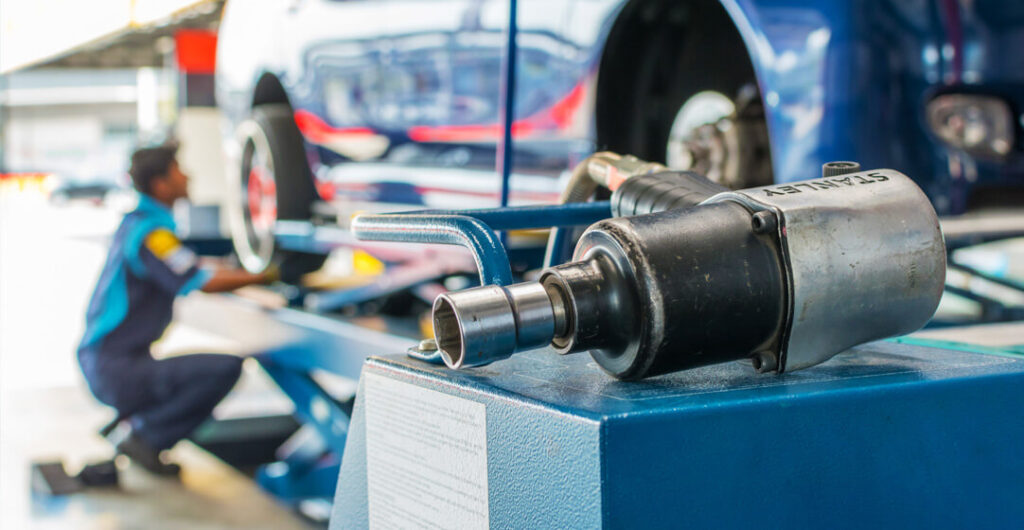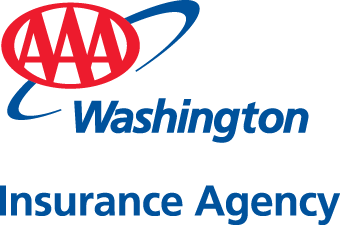See why your rates may rise in the coming years
If you have filled up your tank lately or paid for groceries, you know already that prices have risen steeply for basic goods. But big-ticket items that usually require insurance — like cars and homes — are also becoming more expensive.
The prices of homes, home repair, new cars and parts have been increasing at or faster than inflation due to disruptions in the supply chain, labor shortages and other factors. The cost to insure homes and cars has been rising accordingly.

Home Insurance
It is more expensive to build and repair homes (or replace them after a fire, flood or other disaster). Home values have climbed around Washington and nationwide for a decade. For example, Case-Shiller’s U.S. national home price index increased 18% year-over-year in June. Additionally, the national housing stock is short 5.5 million homes to meet the demand of buyers, according to the National Association of Realtors, pushing up prices for new and pre-existing homes in many communities.
Supply chain disruptions on various building materials have put even more pressure on the price of homes, as well as increased the cost to renovate or repair them. In a summer 2021 report, for example, the National Association of Home Builders reported that the average cost of building materials rose more than 26% year over year, and 90% of surveyed builders were experiencing shortages of appliances, framing lumber and OSB.
All these factors indirectly affect the cost of home insurance. First, the average homeowner will typically buy enough insurance on a standard home policy to cover the replacement cost of that home, as well as on more specialized home insurance policies that are typically purchased separately, such as earthquake and flood insurance. All these home policies are usually renewed annually. And so, if the home rises in value substantially, you’ll have to purchase more insurance to cover the home’s replacement cost.
Second, given the rising costs of materials and labor, the average insurance claim on home repairs is also increasing. Insurance companies eventually will factor those additional costs into their risk calculations and rate schedules.
Other factors unrelated to inflation and the economy are also affecting the cost of some home policies. For example, climate change has increased the risk of wildfires and flooding in certain areas. Over time, this will push up the price of insuring homes at a higher risk of a natural disaster. By the way, catastrophe claims made up nearly 40% of home-loss claims filed nationwide in 2020, according to LexisNexis. A large portion of these were weather-related.

Auto Insurance
Auto insurance policies are also rising due to several factors. As with new homes, car prices are increasing. The average new car sold for a record $48,182 in July 2022, according to Kelley Blue Book . As car prices rise, so do increases in the replacement cost of that car.
Like home insurance, auto policies have also been indirectly affected by labor shortages and supply chain disruptions throughout the COVID-19 pandemic, such as a nationwide shortage of semiconductor computer chips. CarParts CEO Lev Peker told Fox News in August 2021 that the cost of car parts on average would rise by about 5% to 7% that year.
Shortages of parts and labor have also meant that cars are tending to stay parked in the shop longer (requiring their owners to get rental cars longer). And engines and auto systems are much more complicated today, often requiring more replacement parts to get back on the road.
All of this is putting pressure on insurance companies to raise auto rates. The cost of auto policies may not rise immediately. (Insurers must seek permission from regulators to increase their schedule of rates.) However, as prices rise to repair and replace automobiles, it is likely that the average cost of collision and comprehensive policies will increase over the next few years.
Auto insurance rates could also be affected by higher collision rates and serious accidents. For example, the number of fatal accidents spiked in 2021. The National Highway Traffic Safety Administration projected that an estimated 42,915 people died in motor vehicle crashes in 2021, a 10.5% increase from the prior year and the most fatalities since 2005. If this trend continues, it will likely result in higher average costs for liability coverage on auto policies in many areas of the country.

Individual factors
While the average cost of insurance is likely to increase on several types of home and auto insurance, it is important to know that your rates may not rise at all and could even fall. The cost of your insurance is mostly determined by your individual circumstances. So, the cost of your home or auto policy could drop even if rates rise substantially on average.
Also, whereas you could see an almost immediate rise in some types of insurance, in others it could take quite some time for the rate to increase. As noted above, insurance companies often must justify a rate hike with hard data that demonstrates that their risks and costs have increased. That process can take two or more years. If your home value rises, however, you’ll likely have to pay more for policies that cover the replacement cost when they are renewed annually.
That said, on balance, most people can expect eventually to pay higher rates on several insurance types given the high rate of inflation today. The question is, what should you do?
Responding to higher rates
One thing you should not do if your insurance rates increase is to reduce or eliminate coverage. There is good reason to cover the full replacement cost of your home with fire, flood and earthquake insurance, and to get the maximum available liability insurance on your auto policy. And that is because you want to protect your retirement and the financial future of your family in case of a catastrophic loss.
Even if your insurance rates increase, there are ways to get a discount while keeping the same level of coverage. It is a good idea to discuss your needs periodically with a AAA insurance professional. It may be possible to get a lower rate from another carrier or to increase your out-of-pocket deductible while maintaining the same level of protection.
— Written by Victor Whitman
—The top photo is by nazariykarkhut/AdobeStock.

